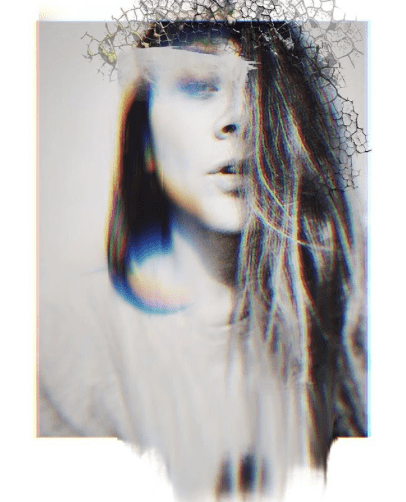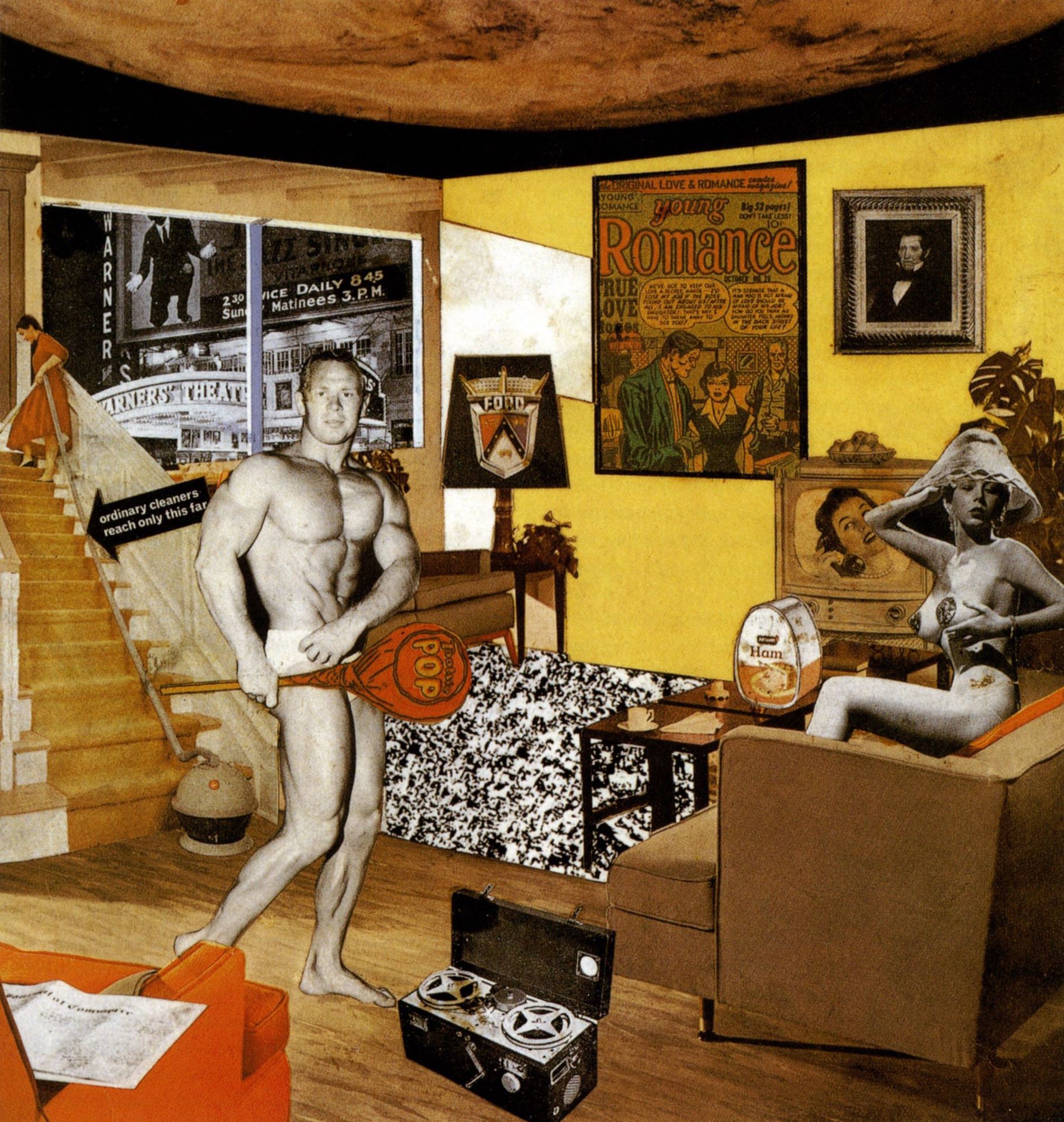Shooting Star – Sequencing Still Images Into A Movie Format – By Star Rush
We’re delighted to publish this very interesting article by our Columnist Star Rush for her column with us ‘Shooting Star’, which offers inspiration and guidance in seeing as a photographer sees, for those interested in in exploring creative ways to observe, record, and comment upon the small and large moments of one’s life and those people, things and places around them with a smartphone camera.
In this article Star takes a look at using still images within a movie style, as Star herself says, ‘it’s a practice for thinking about sequencing photo essays for online or print…’ (foreword by Joanne Carter). Over to you Star…
“I collected many of my early street photos with my iPhone 3Gs into this movie. It’s funny, the effect of sequencing them, confining them into a precise order and time of viewing. The video is a new text, then, with the images flashing by for 1 minute at a time before the next pops in. This isn’t my preferred way to view photos myself, without the opportunity to linger on a single photo and to move through photos at my speed, the viewer’s timetable. But this is a movie, a collection of stills sequenced and controlled by the creator or assembler of those images. Videos take away viewers‘ autonomy in some ways via restricts to time and sequence of viewing.
This was largely an exercise in sequencing. It’s practice for thinking about sequencing photo essays for online or print, or sequencing for exhibition. When thinking about the ordering of images, I think about how they “talk” to one another, what one has to “say” to another. It can become quite clear when one image isn’t going to work with the others–that it stands out in an uncomfortable and undesired way. Then, that image has to go. It’s like reading a novel and suddenly landing in a chapter that just doesn’t go, doesn’t move the story forward. Every image needs to move the collection forward.
The images in this video were not created to be in the video, to be collected with one another. That’s not how they started. Instead, they came together in reflection via the act of looking back and finding connections and relationships. They may tell a different “story” or expose a different theme together than they did as stand-alone photographs.
When sequencing, I pay attention to subject, form, medium, theme(s), frame ratios, and style. For me, I don’t blend color and monochrome in a series. The contrast is too distracting. For this video, I grouped my 1:1 images apart (mostly) from the 3:4 images. But between theme and ratio, I tend to defer to them. What’s common is that a lot of decisions have to be made that will move the totality of the series’ theme or story–individual images can’t really trump what the group of images has to say (or not say).

About the video: The majority of the images were taken between February 2010 and about January 2011 and all on my iPhone 3Gs. Apps used included the native Apple camera, Vintage Black and White, Perfect Clear, Cropulator, Film Lab, Photo FX, and Hipstamatic. I created the entire video on my iPhone 5 using Splice for video editing. I put music to it, as a personal choice and as a way to create a rhythm to which the individual photos would move. Others may opt to turn off the sound”.



6 Comments
maktub77
absolutely love it, great work!!!
Star
thank you, @maktub77, for viewing and commenting 🙂
Laurence Zankowski
Star,
Joanne,
Ideas are flowing. A very good reason that if you can, get the movie ” Le Jetee ” and revel in the richness of black and white, when the seduction of color is removed and the visceral experience of raw humaness is exposed. We connect on a deeper if not subtler realm of emotions.
You got me thinking! Which by the way is a good thing!
Be well
Laurence
Star
Thanks for that film referral. I don’t know it–yet 🙂 I’m like you and think “thinking” is a good thing. One reason is that once it starts, it’s pretty hard to stop. Thanks for viewing the video, Laurence.
Lee Thatcher
I’m not a big fan of the accompanying song but the images are nothing short of amazing. They work so well together and are just how I like black and white street shots, deep black and just the right amount of grain. I really love the cohesive feel to the set.
Really inspiring stuff Star.
Star
Lee, I understand about the music–it’s a matter of taste and one of the “risks” of putting visual elements into a relationship with an entirely distinct audio element. Funny thing is its music like this bluesy rock that I sometimes hear in my head when I take street photos. Just a curiosity I have about how audio and visuals work together. I hope you were able to turn the audio off, although the rhythm still remains in photo durations which are fast.